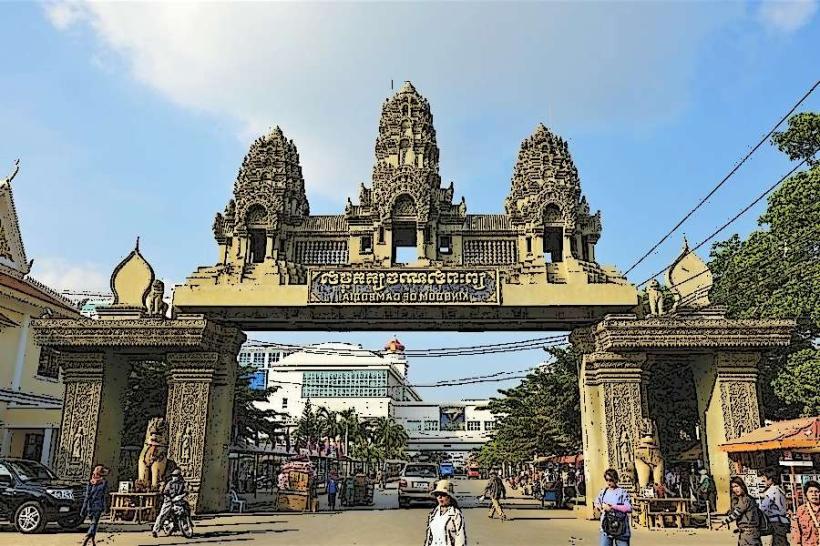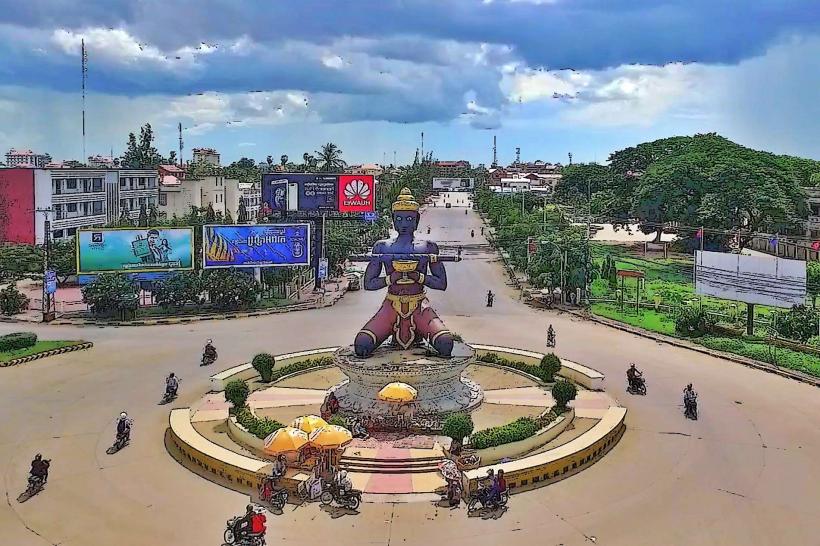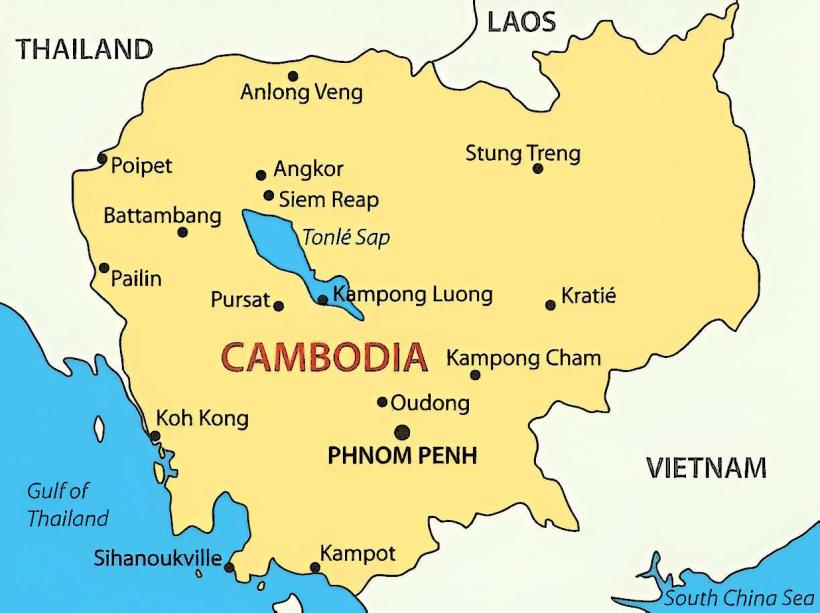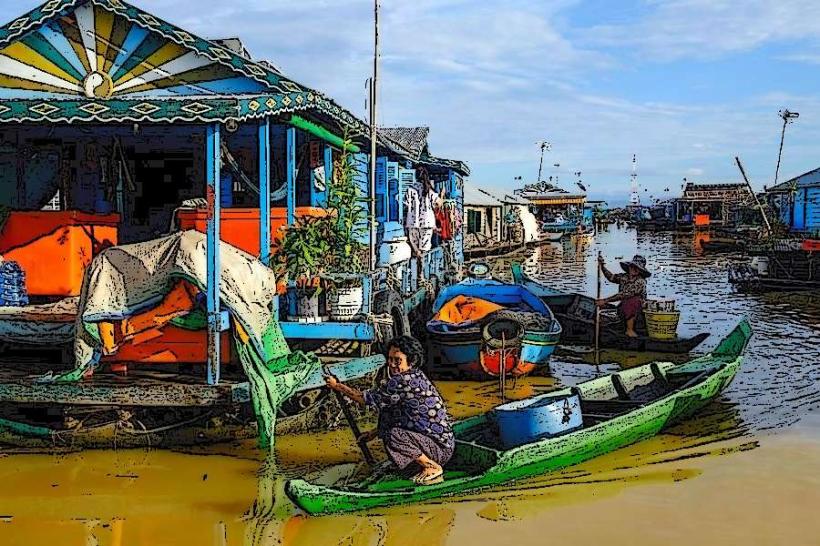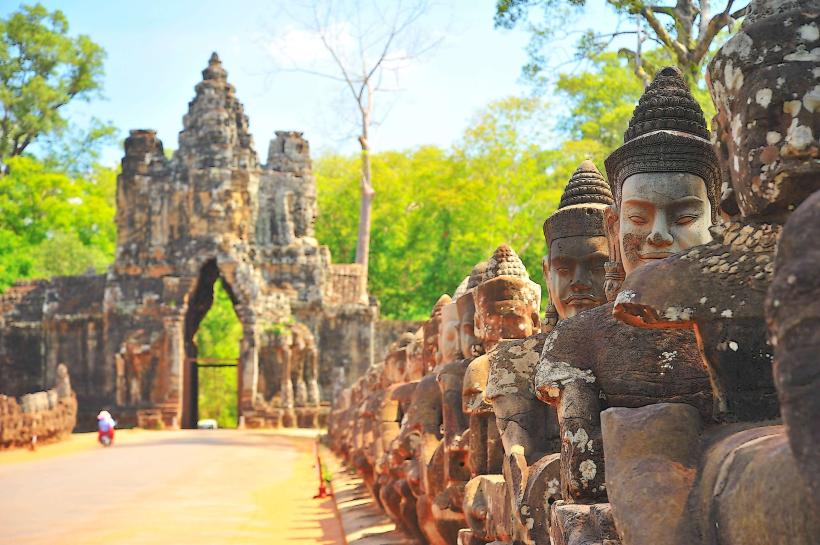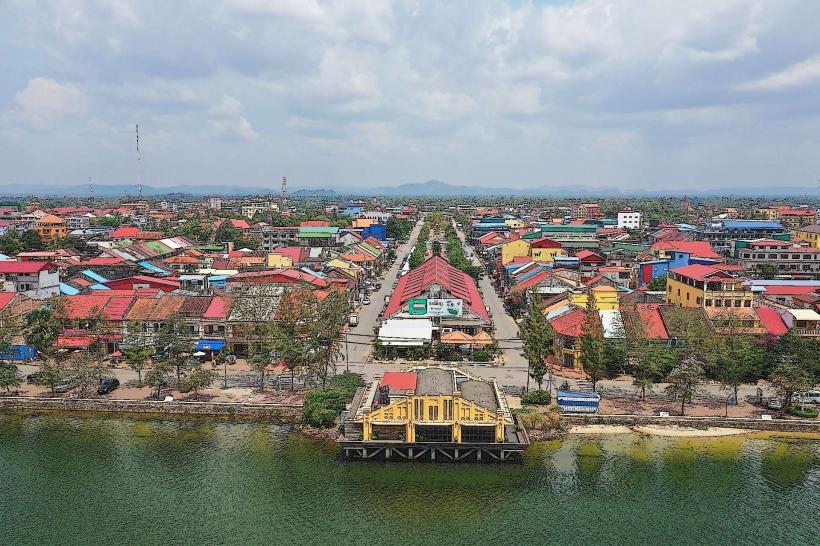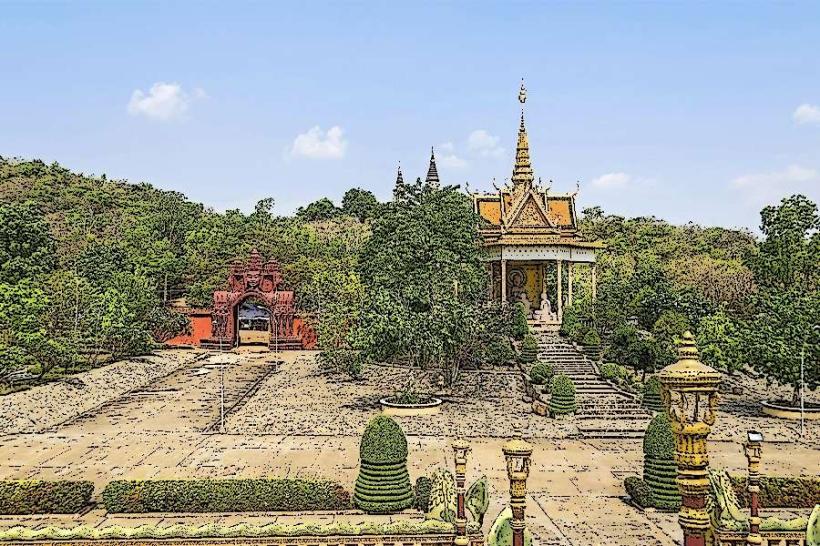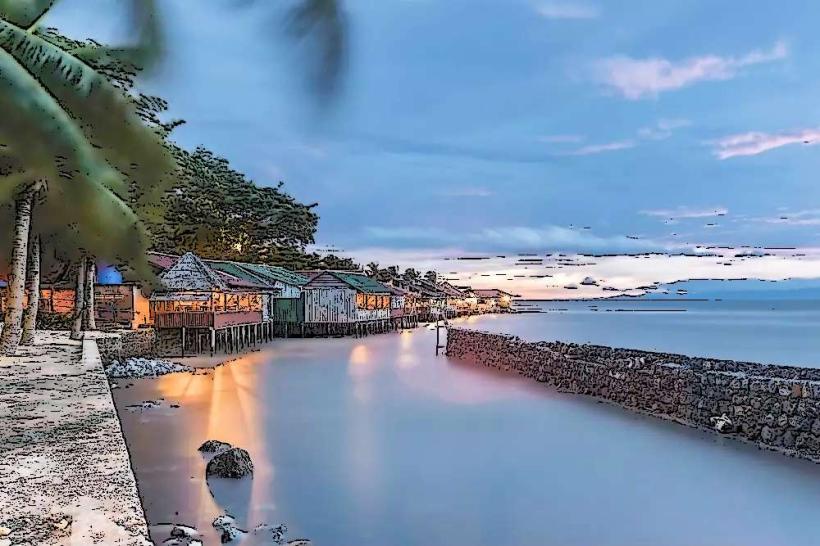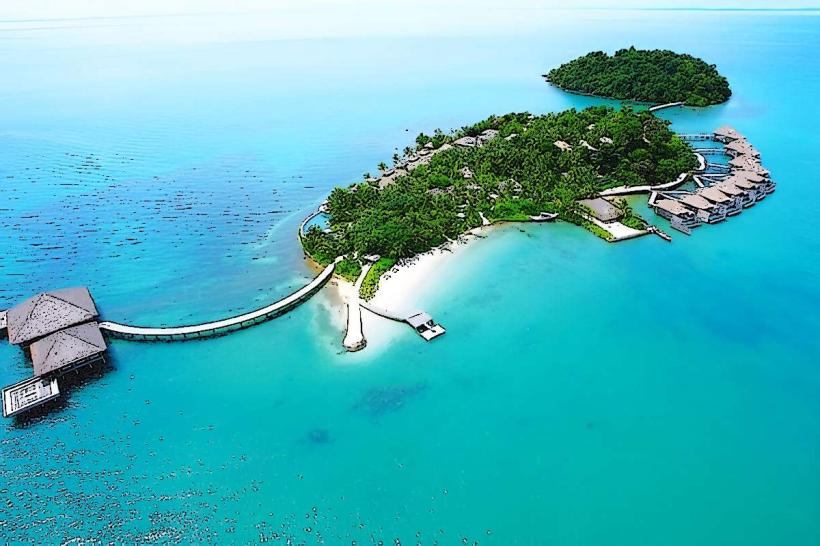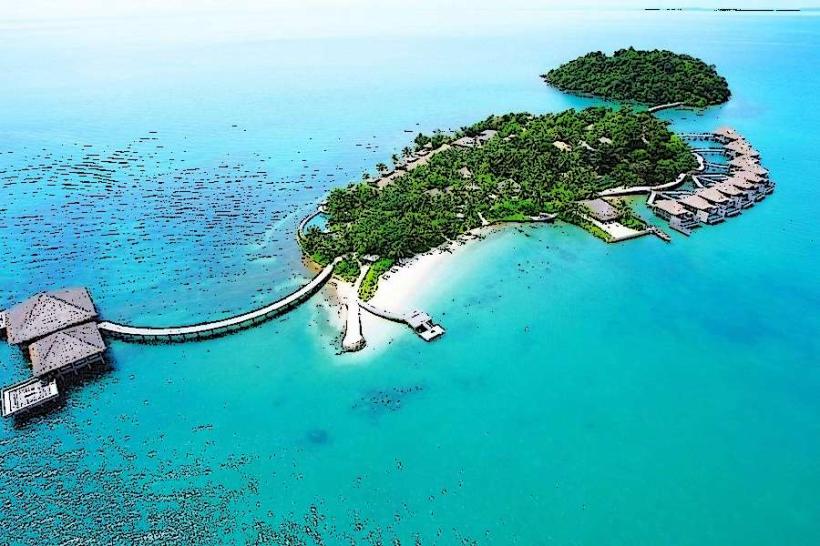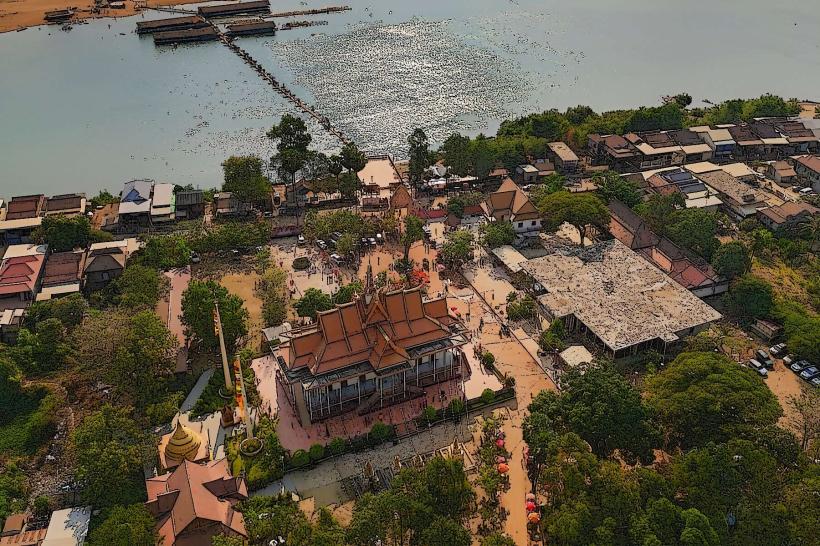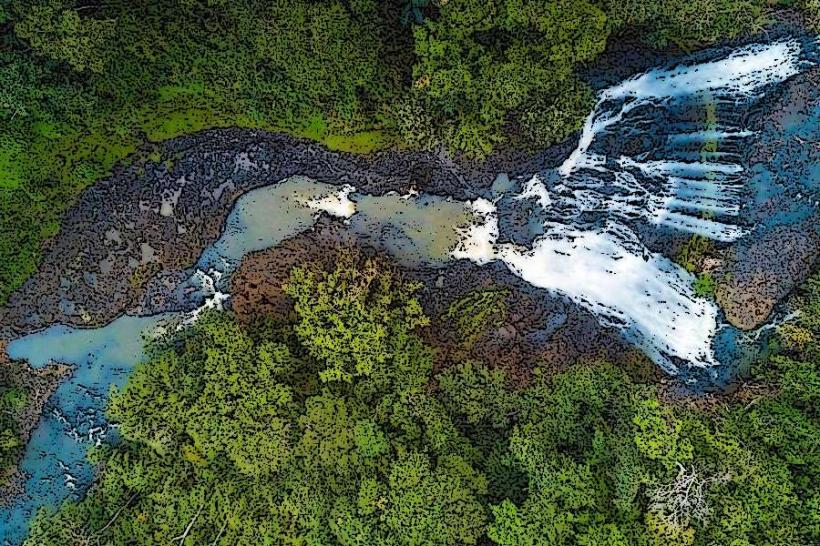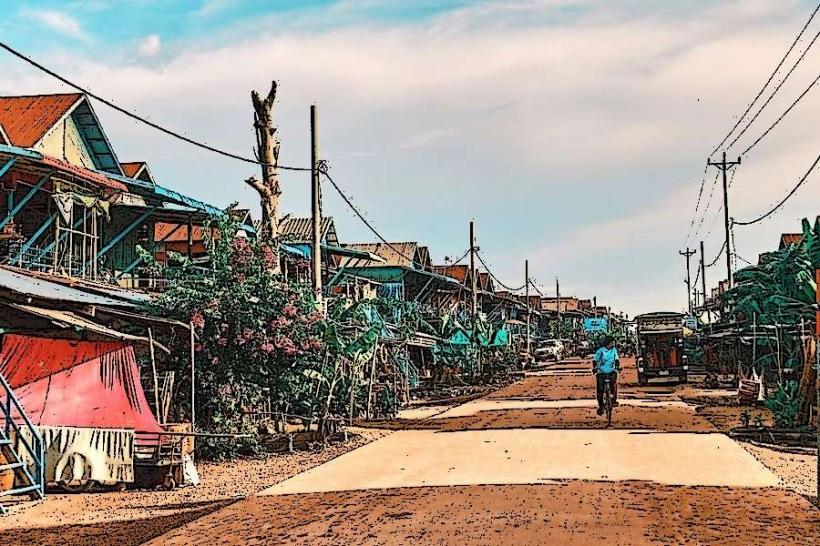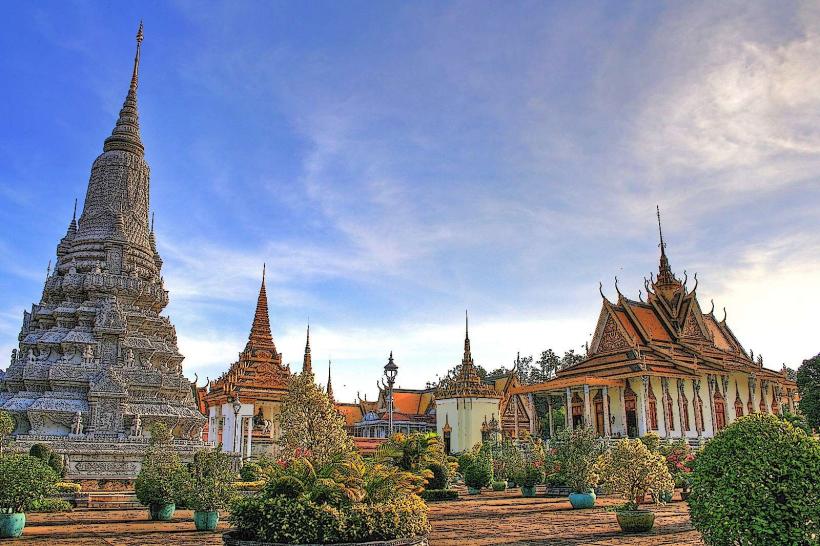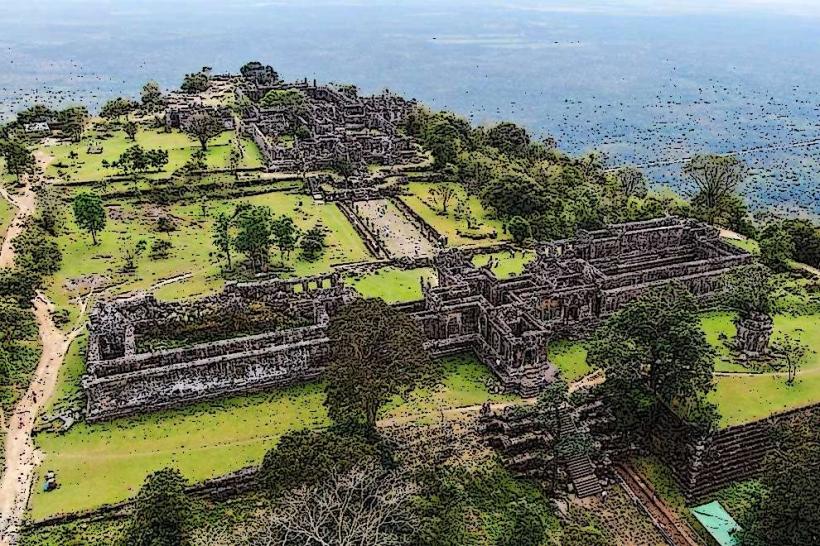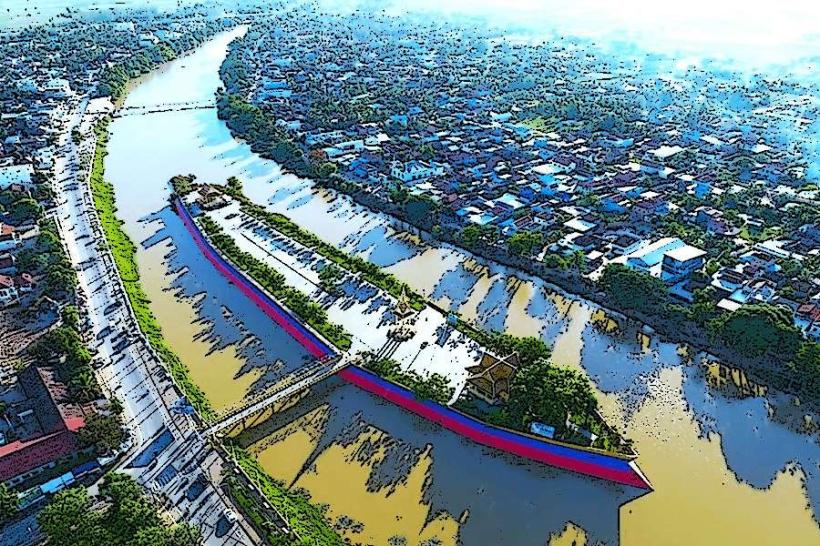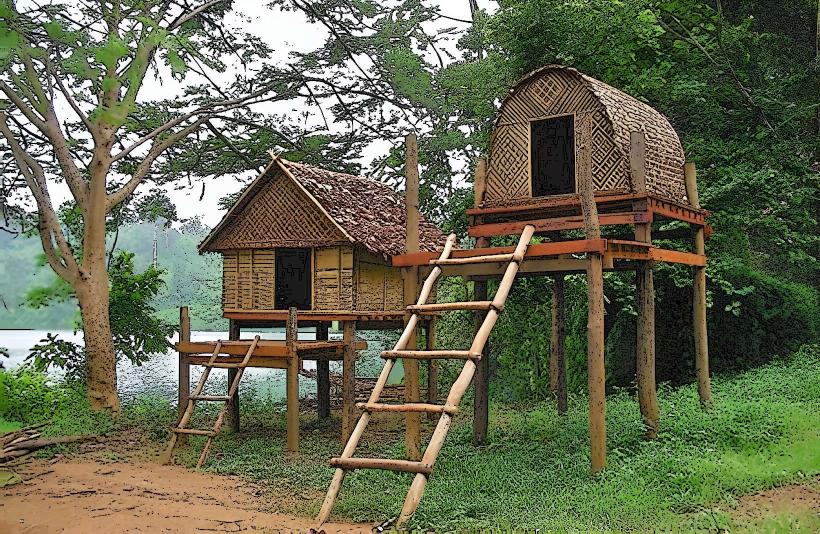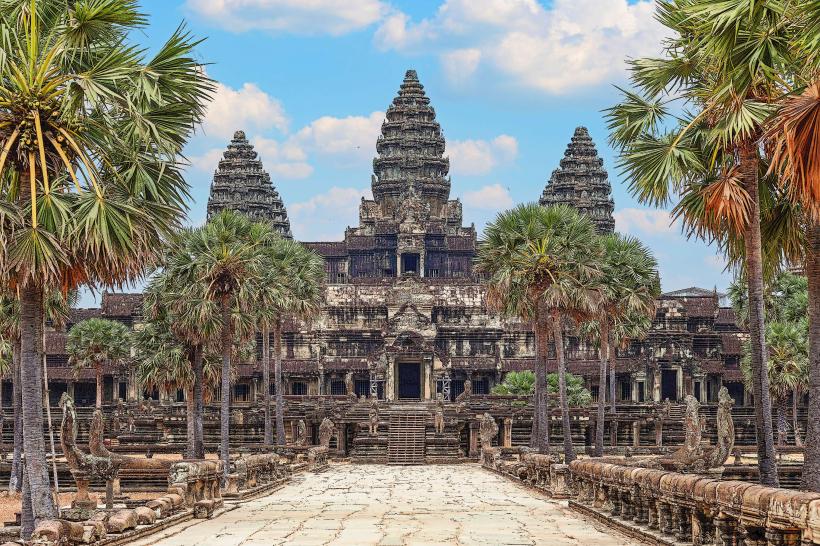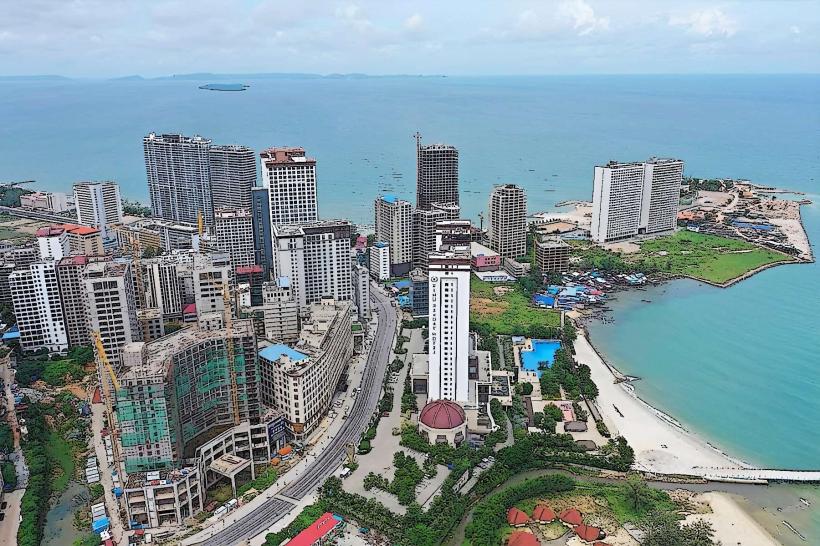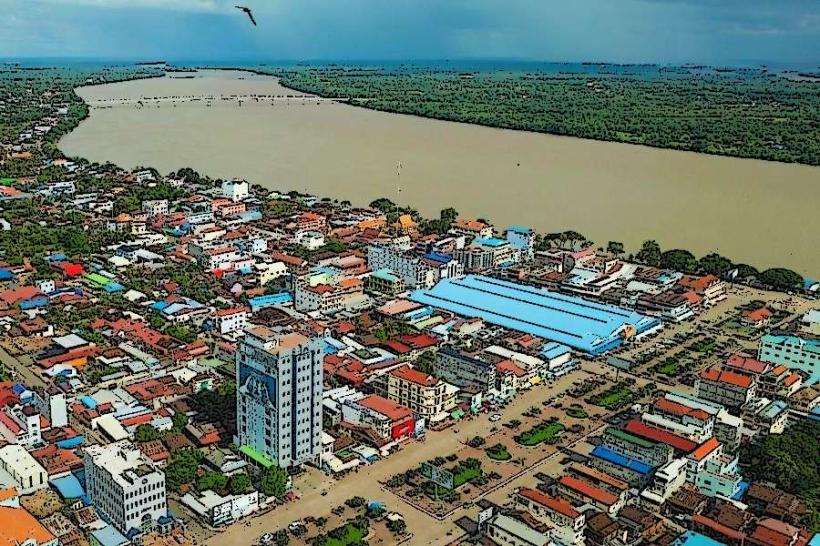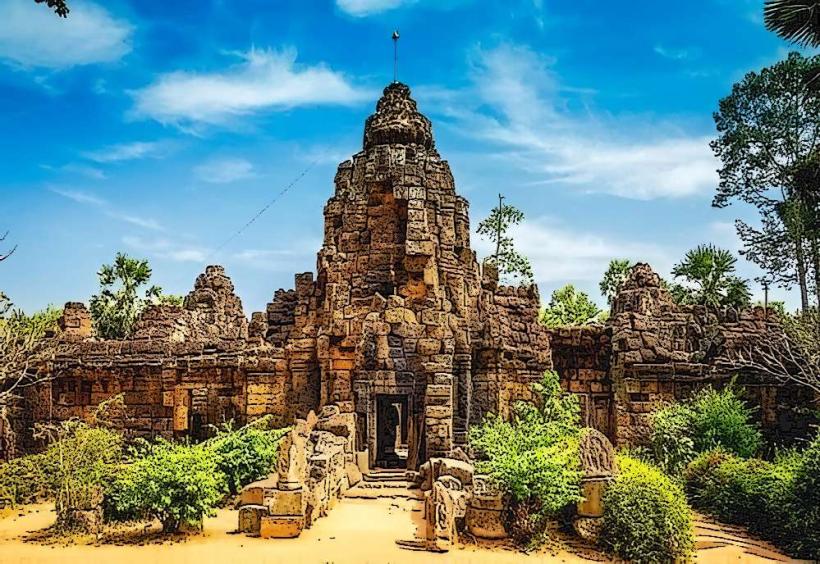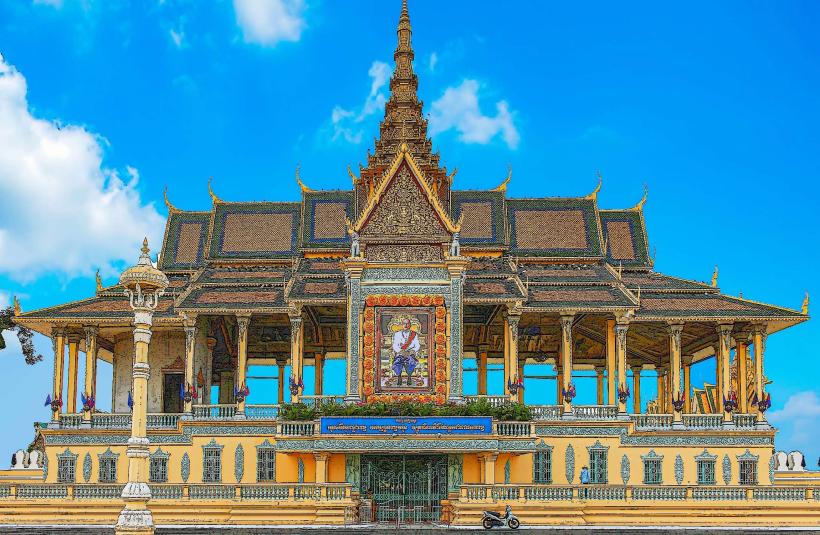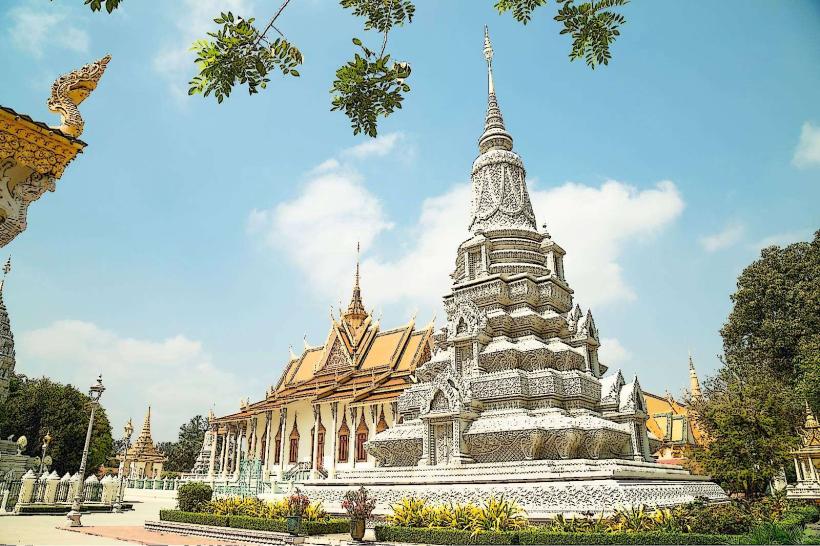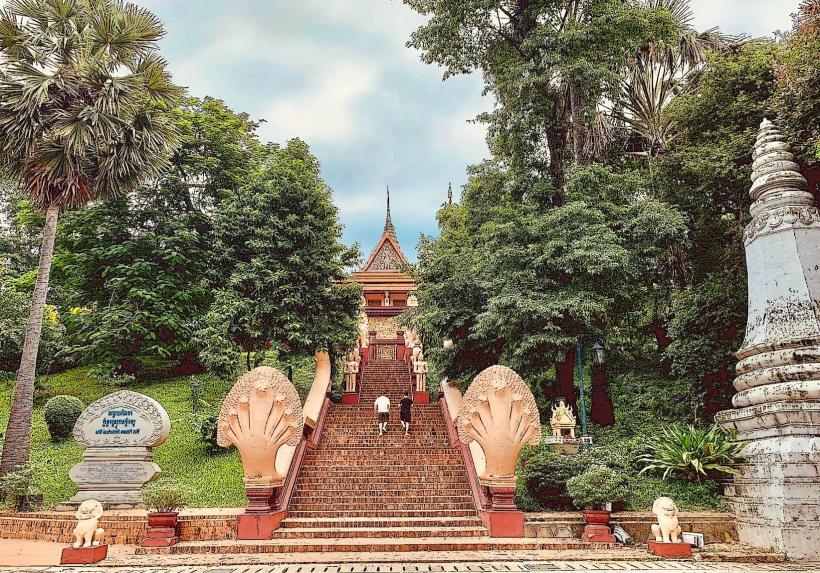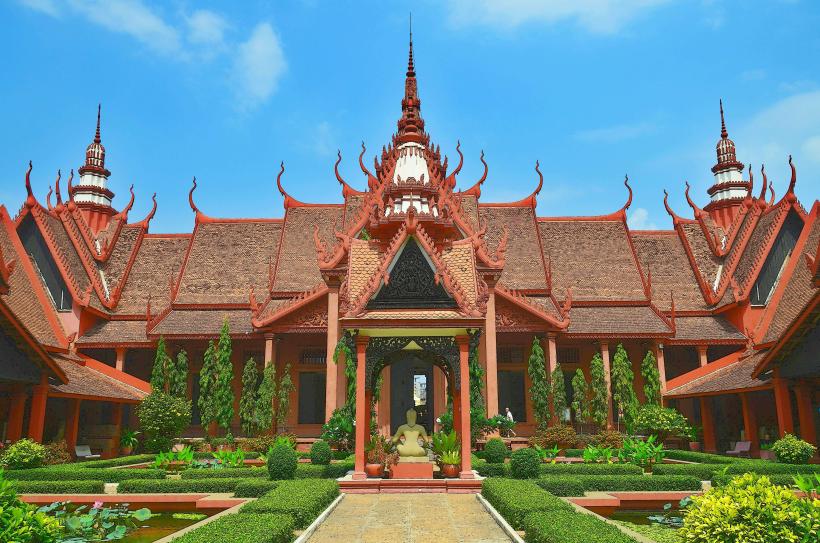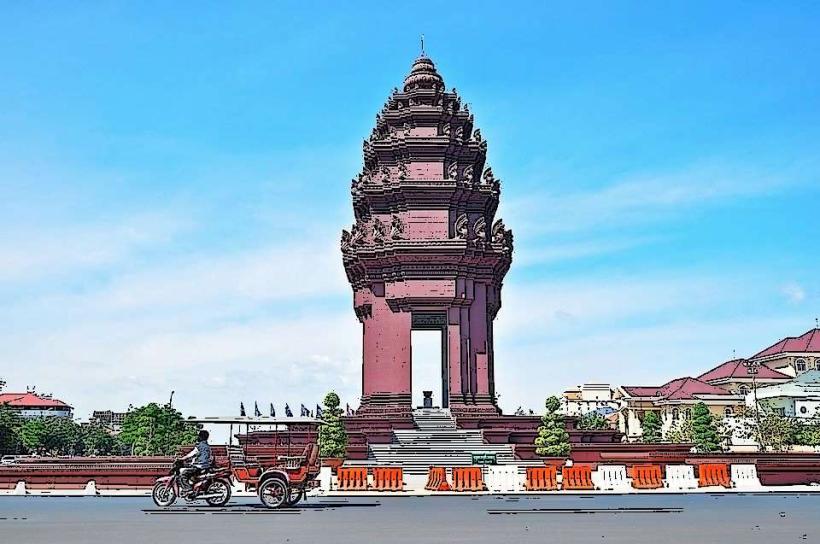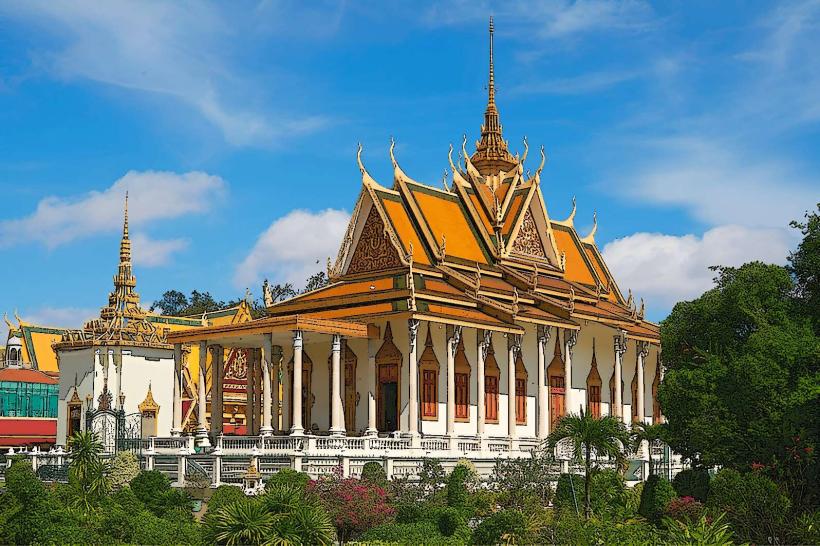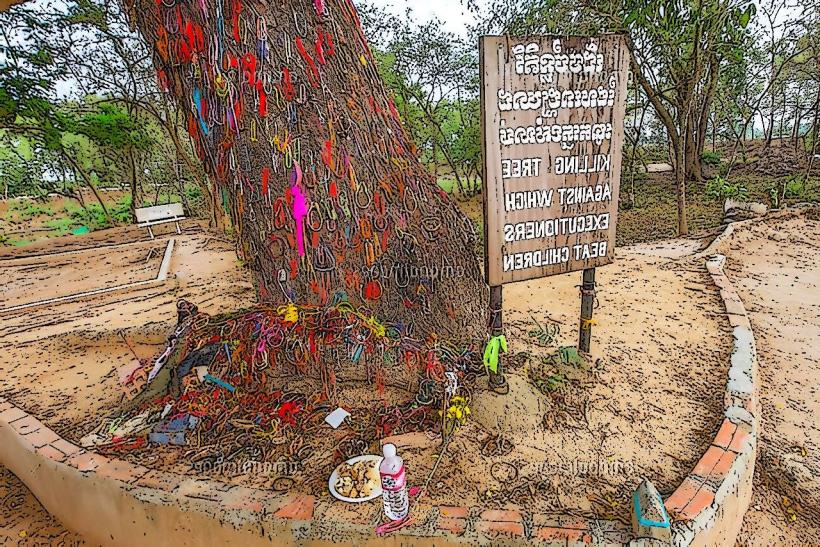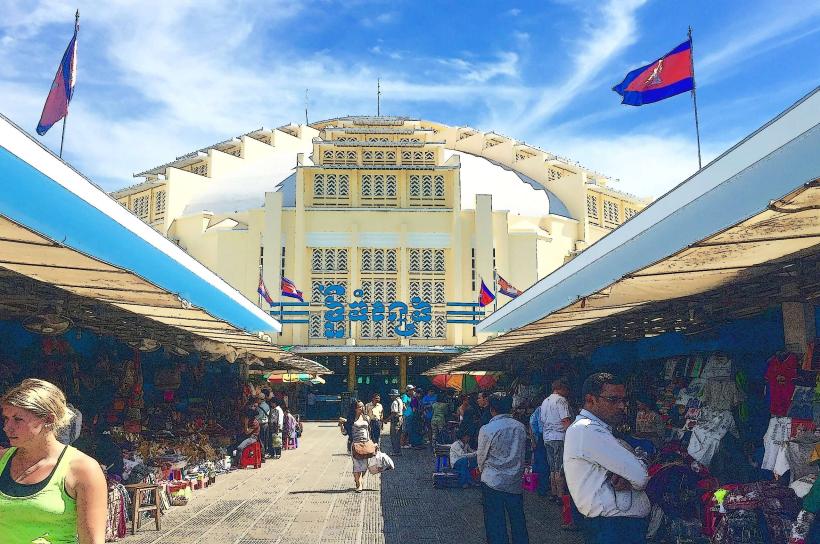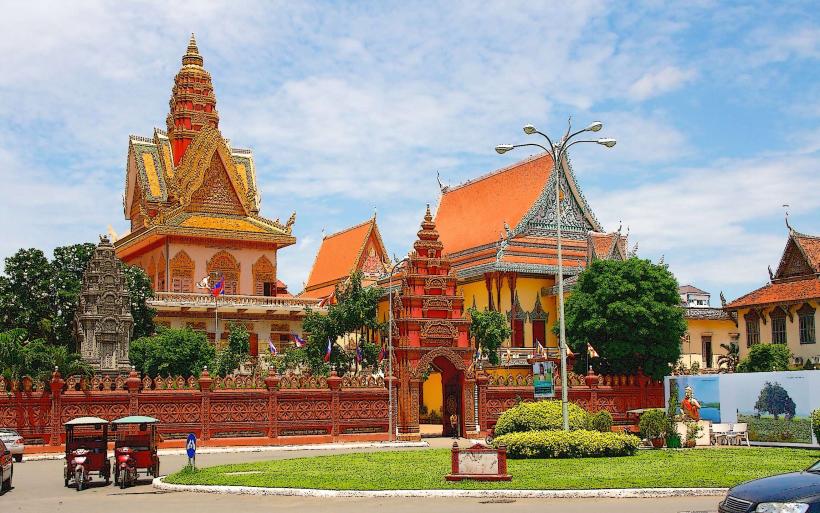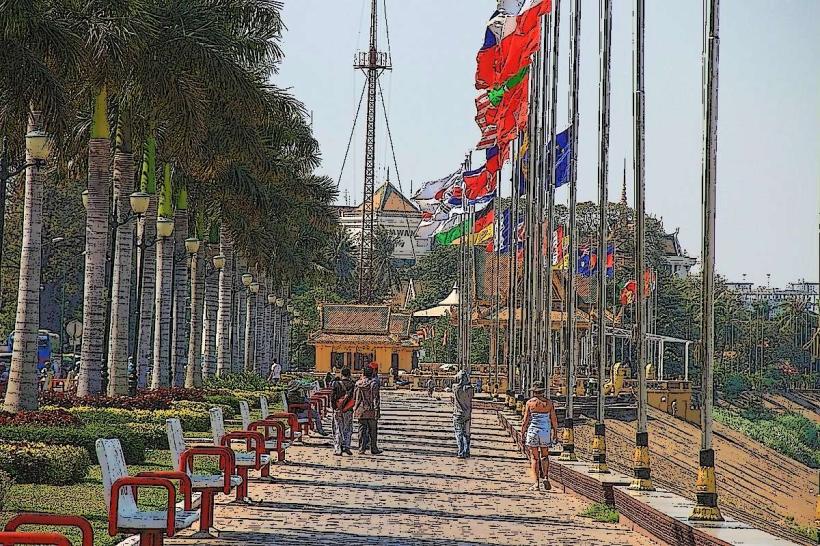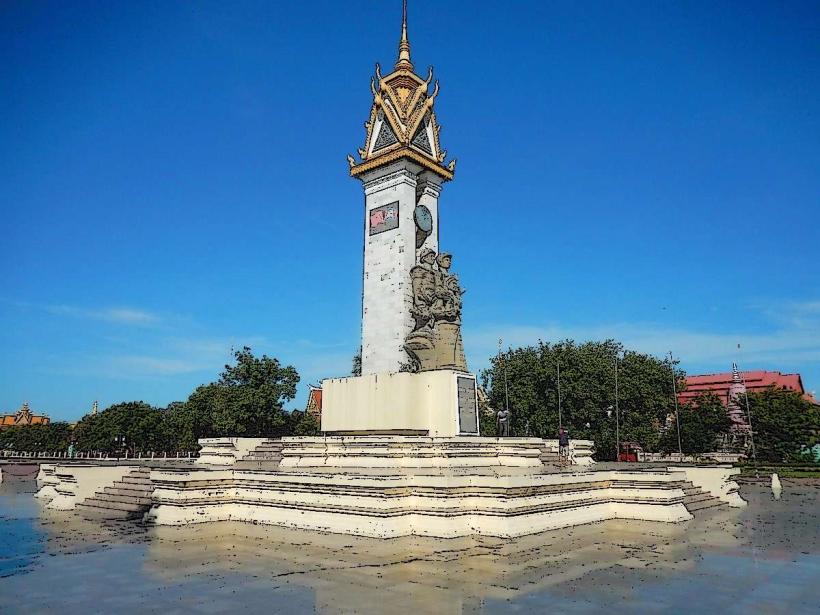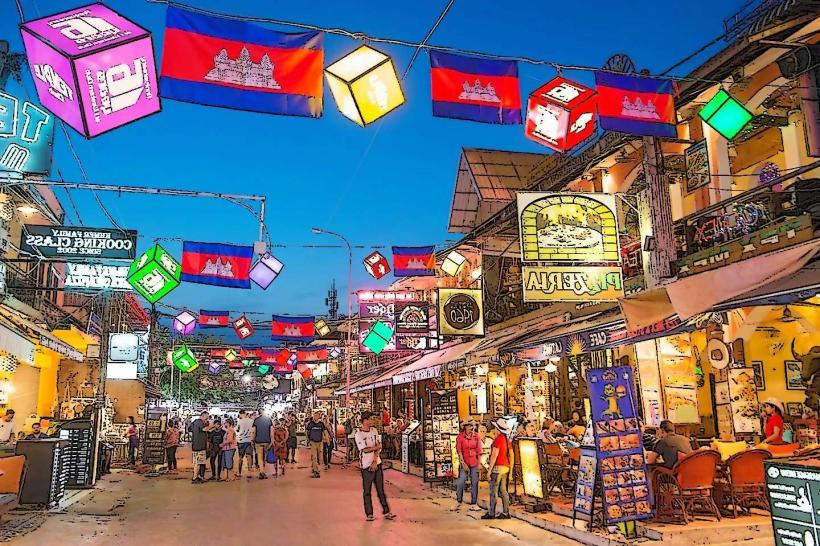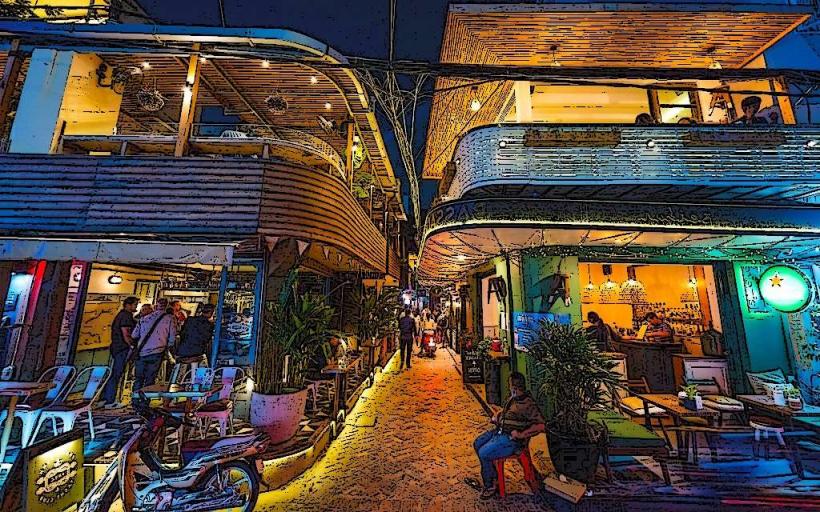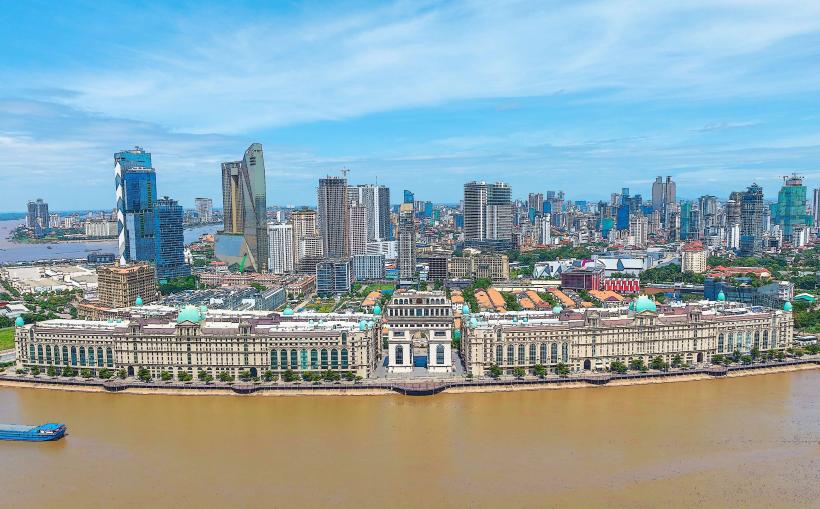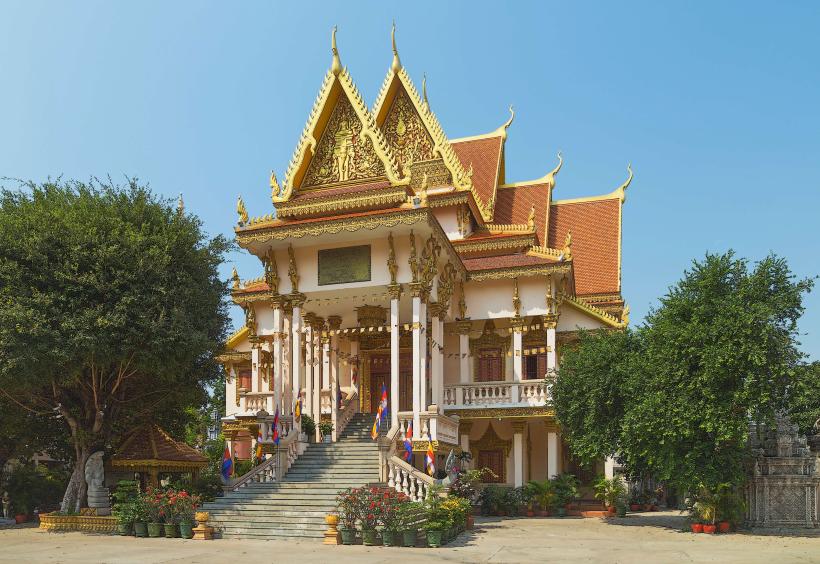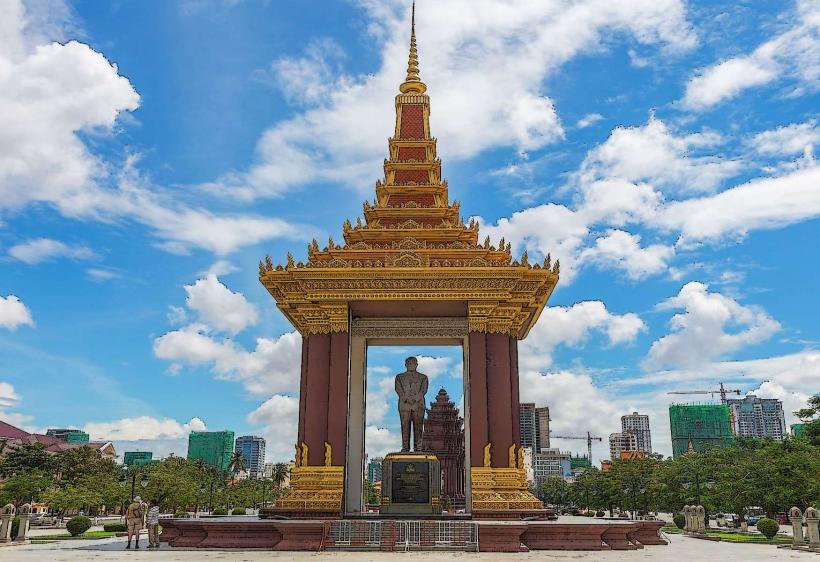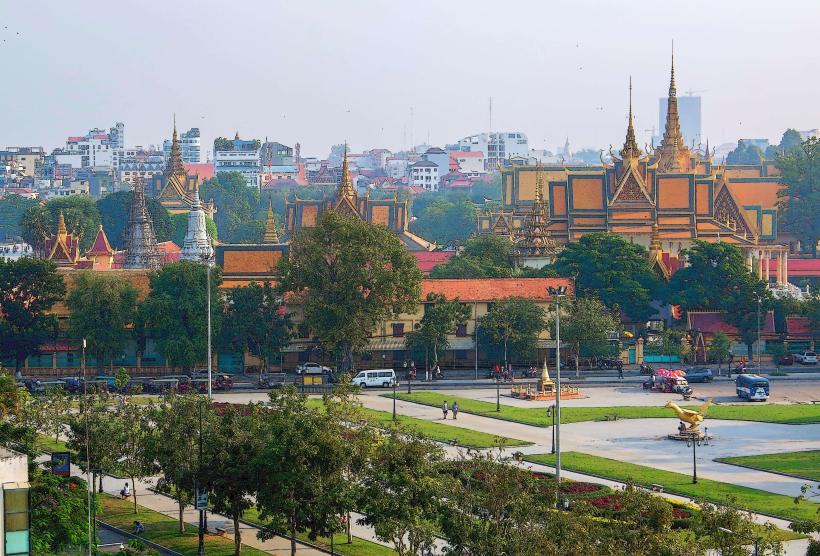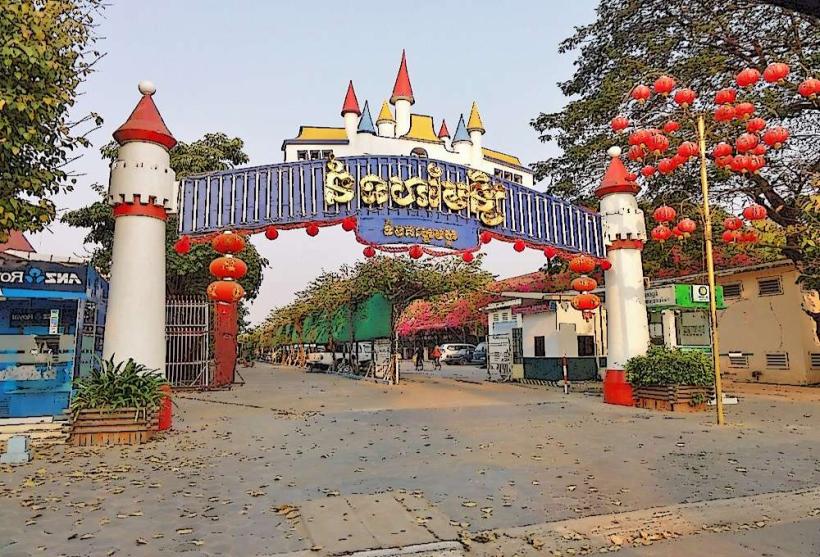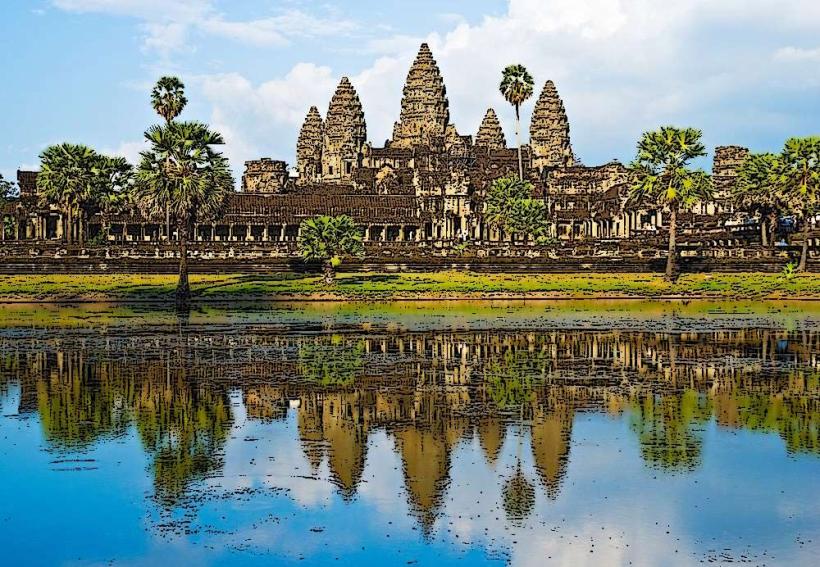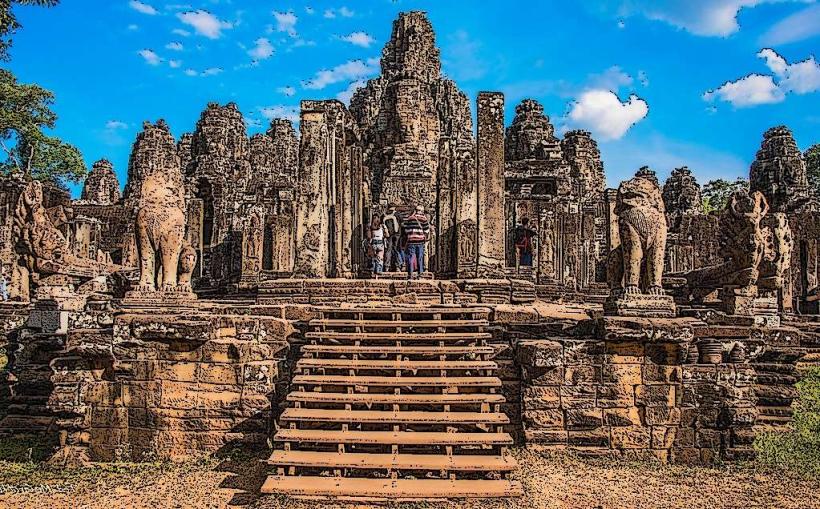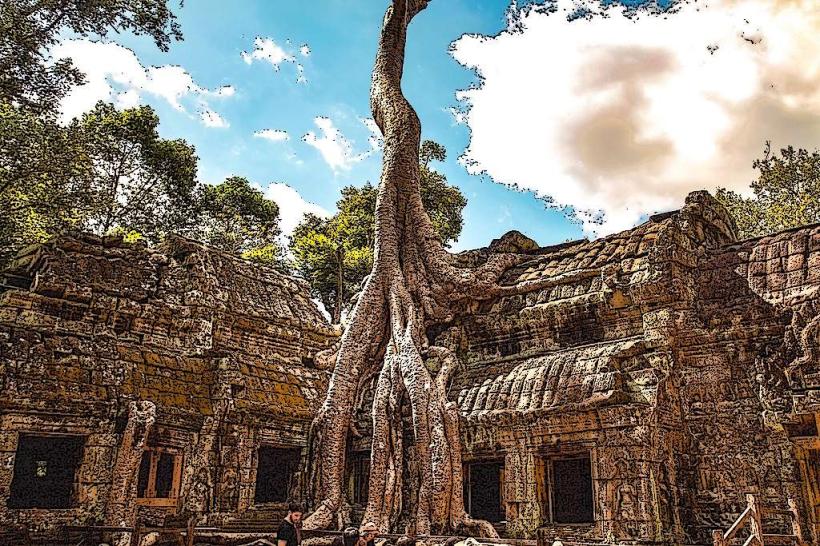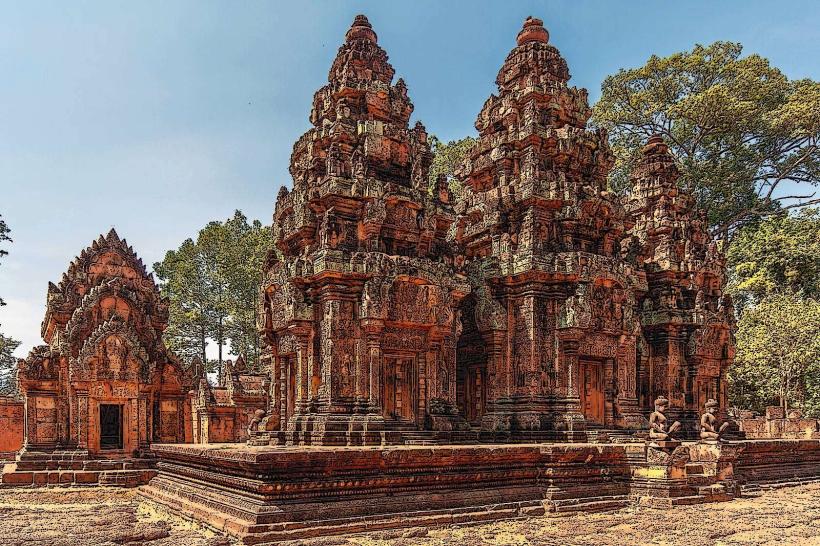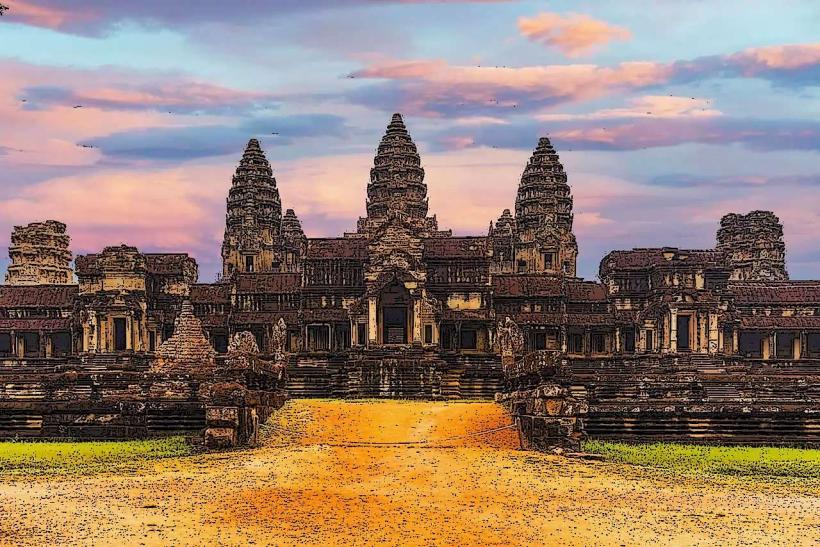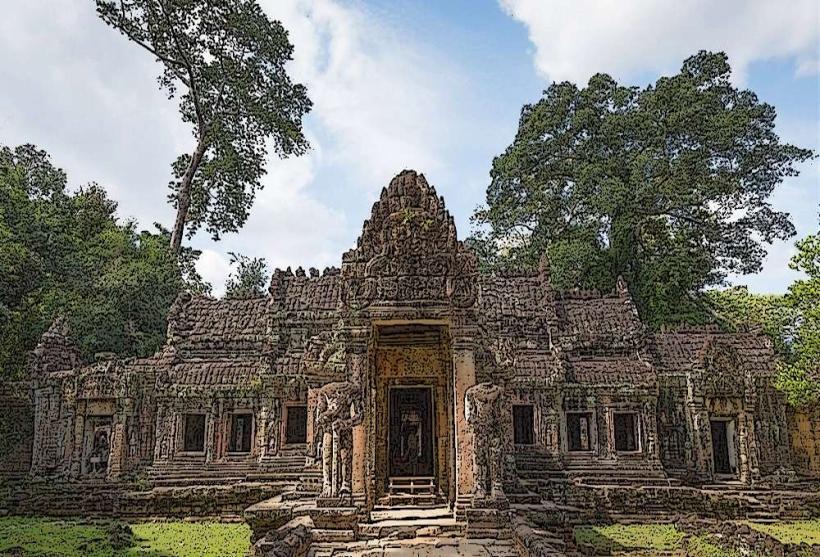Information
Country: CambodiaContinent: Asia
Cambodia, Asia
Overview
Cambodia-officially the Kingdom of Cambodia-is a Southeast Asian nation with centuries of history, a vibrant mix of traditions, and an economy that's expanding quick, from busy Phnom Penh markets to contemporary factories along the Mekong, after that in the south of the Indochina Peninsula, it borders Thailand to the west and northwest, Laos to the north, Vietnam to the east, and its southern shore touches the warm waters of the Gulf of Thailand.Cambodia spans 181,035 square kilometers-a patch of land roughly the size of Missouri-placing it mid-range in size compared to its neighbors, likewise wide, flat plains stretch across the center, ringed by rugged mountains, high plateaus, and narrow strips of coastline where the salt air hangs heavy.The Central Plains form the heart of Cambodia, shaped by the vast Tonlé Sap Lake and the sweeping Mekong River, whose waters feed rice fields, teem with fish, and sustain everyday life, what’s more in the west and southwest, the Cardamom and Elephant Mountains rise with lush tropical rainforests, cool misty waterfalls, and a wealth of wildlife.Northeastern Highlands - a quiet, far-flung stretch of rolling green hills, home to minute, tight-knit communities with their own distinct traditions, simultaneously coastal Region – Along the Gulf of Thailand, the southern shore stretches past soft sandy beaches, scattered islands, and tangled mangrove forests where the air smells faintly of salt.Cambodia’s tropical monsoon climate brings two clear seasons: from May to October, the wet months drench the fields with rain vital for rice crops, though swollen rivers can spill over and flood villages, on top of that dry season runs from November to April, starting with cool, crisp mornings in November and February, then shifting into the hotter, heavier days before the monsoon arrives.Cambodia’s story stretches back thousands of years, with early villages rising along its rivers and a culture shaped by centuries of change, while hindu and Buddhist traditions shape the country’s cultural identity, visible in the carved temple walls, graceful statues, and age-historic religious rituals.The Khmer Empire (9th–15th century) was one of Southeast Asia’s most formidable civilizations, building towering stone temples like Angkor Wat and designing an intricate irrigation network that kept its fields green year-round, besides during the Colonial Era (1863–1953), Cambodia lived under French protection, a rule that left its mark on schools, roads dusty with red clay, and the way the country was governed.From 1975 to 1979, the Khmer Rouge ruled under Pol Pot, a grim era of mass killings and a shattered economy, where even city streets fell silent with fear, after that modern Cambodia-since the 1990s, it’s enjoyed steady politics, a growing economy, and a stronger presence on the world stage, from trade talks to bustling fresh markets in Phnom Penh.More than 95% of the people follow Theravāda Buddhism, a faith woven into daily life, from morning chants to incense curling in temple courtyards, and monasteries remain at the heart of education and community life, and it’s common for young Cambodian men to shave their heads and wear saffron robes for a time as part of tradition.Khmer is the official language, written in an elegant script that traces its roots back to ancient India, with letters curling like tiny vines, in addition older generations still speak French, but English is taking over, especially in business and tourism.Roam through a busy market and you’ll hear shopkeepers switching languages mid-sentence, also over the past twenty years, Cambodia’s economy has expanded rapidly, driven by key industries like agriculture, where rice, cassava, corn, and rubber fill fields that stretch to the horizon.Fishing and raising livestock matter just as much-nets heavy with silver fish, pastures dotted with grazing cattle, in addition the garment industry is one of the country’s biggest earners, sending shirts, dresses, and uniforms abroad while giving work to hundreds of thousands of people.Tourism is booming, drawing millions of visitors each year to stroll busy markets and sunlit streets, in conjunction with construction and real estate are thriving as cities expand at a breakneck pace, with recent towers and roads rising almost overnight.Actually, Technology and finance are evolving speedy, driven by the rise of mobile banking apps and sleek digital services, in conjunction with cambodia belongs to ASEAN-the Association of Southeast Asian Nations-and trades with China, the United States, the EU, and nearby countries, from bustling markets in Vietnam to shipping lanes that cross the Gulf of Thailand.In Cambodia, life revolves around close-knit families, deep respect for elders, and traditions shaped by faith, from temple festivals to quiet offerings of jasmine at dawn, alternatively in the countryside, life centers on farming and neighborly gatherings, like sharing fresh bread at the market, while cities push ahead with rapid modernization.To be honest, In Cambodia, people greet each other with the sampeah-hands pressed together like in prayer, fingertips near the chin, and a gentle bow, in addition it shows the deep respect and clear sense of hierarchy woven into Cambodian life, like the quiet bow of a student to a teacher, relatively To be honest, Khmer cuisine offers gentle flavors that still linger on the tongue, with plates often built around rice, fresh fish, crisp vegetables, and fragrant herbs, consequently people often go for lemongrass, coconut milk, galangal, and the tangy bite of tamarind.Festivals and celebrations are woven into Cambodian life, from the lively drumming of Khmer fresh Year (Chaul Chnam Thmey) to the solemn prayers of Pchum Ben (Ancestors’ Day) and the boat races of the Water Festival (Bon Om Touk), at the same time cambodia’s transportation network is on the rise, with major funding pouring into roads, rail lines, and air navigate.Wide highways now link bustling cities, but in the countryside, you might still bump along a dusty, uneven track, simultaneously public transport’s scarce in most cities, so people get around on motorbikes, tuk-tuks, or taxis-sometimes weaving past market stalls and baskets of fruit.Cambodia’s railway may be minute, but trains still run between Phnom Penh and Sihanoukville, clattering past rice fields under the fiery afternoon sun, then cambodia links to the world through its international airports in Phnom Penh, Siem Reap, and Sihanoukville, where the scent of jet fuel hangs in the warm air as flights arrive and depart.Despite the progress, Cambodia still wrestles with enormous challenges, besides poverty and inequality linger-especially in rural villages where families may share one worn-out motorbike to get to work or school.As it turns out, Corruption lingers like a stubborn stain, undermining business deals, twisting government decisions, and draining life from public services, likewise rapid logging and the spread of farmland are stripping forests at an alarming pace, leaving bare earth where dense green once stood-a serious threat to the environment.In some places, people still struggle to find good schools or a reliable clinic when they need one, in turn still, Cambodia is on the move-foreign money’s flowing in, roads and bridges are getting rebuilt, and a young, ambitious workforce is pushing the country toward its future.The country’s ready to boost its influence in both regional and global markets, all while holding tight to the traditions you can still hear in its music and taste in its food.
Author: Tourist Landmarks
Date: 2025-09-15

